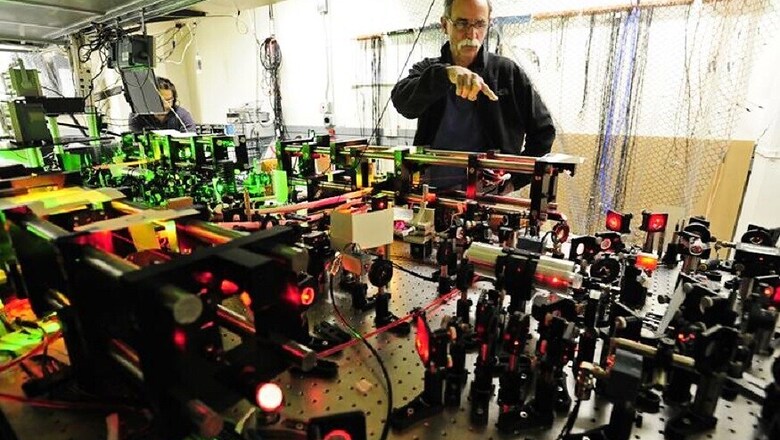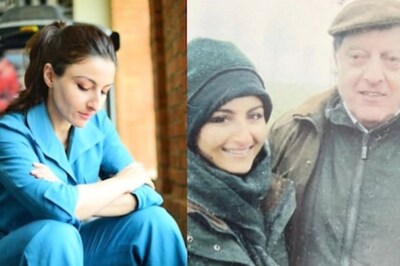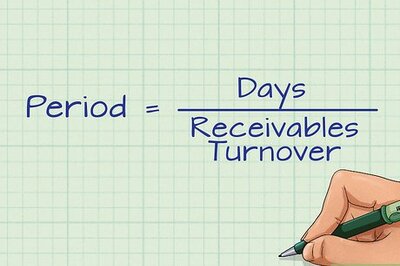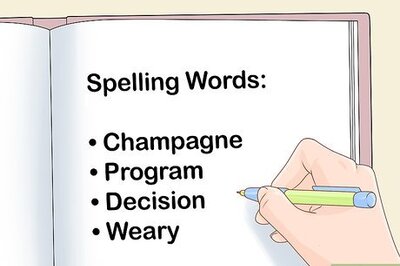
views
Stanford University electrical engineering Professor Jelena Vuckovic and colleagues at her laboratory are working on new materials that could become the basis for quantum computing.
While silicon transistors in traditional computers push electricity through devices to create digital ones and zeros, quantum computers work by isolating spinning electrons inside a new type of semiconductor material.
When a laser strikes the electron, it reveals which way it is spinning by emitting one or more quanta, or particles, of light.
Those spin states replace the ones and zeros of traditional computing.
In her studies of nearly 20 years, Vuckovic has focused on one aspect of the challenge: creating new types of quantum computer chips that would become the building blocks of future systems, Xinhua reported.
The challenge is developing materials that can trap a single, isolated electron.Also read: Schools Using Smartphone Technology Against Sexual Assaults
To address the problem, the Stanford researchers have recently tested three different approaches, one of which can operate at room temperature, in contrast to what some of the world's leading technology companies are trying with materials super-cooled to near absolute zero, the theoretical temperature at which atoms would cease to move.
In all three cases, the researchers started with semiconductor crystals, namely materials with a regular atomic lattice-like the girders of a skyscraper.
By slightly altering this lattice, they sought to create a structure in which the atomic forces exerted by the material could confine a spinning electron.
One way to create the laser-electron interaction chamber is through a structure known as a quantum dot or a small amount of indium arsenide inside a crystal of gallium arsenide.
The atomic properties of the two materials are known to trap a spinning electron.
In a paper published in Nature Physics, Kevin Fischer, a graduate student in the Vuckovic lab, describes how the laser-electron processes can be exploited within such a quantum dot to control the input and output of light.
By sending more laser power to the quantum dot, the researchers could force it to emit exactly two photons rather than one. It has advantages over other leading quantum computing platforms but still requires cryogenic cooling.
So, the result may not be useful for general-purpose computing, but quantum dot could have applications in creating tamper-proof communications networks.Also read: Ransomware Decrypted: French Researchers Find a Way to Save WannaCry Encrypted Windows Files
Another way to electron capture, as Vuckovic and her colleagues have investigated in two other cases, is to modify a single crystal to trap light in what is called a colour centre.
In a paper published in NanoLetters, Jingyuan Linda Zhang, a graduate student in Vuckovic's lab, described how a 16-member research team replaced some of the carbon atoms in the crystalline lattice of a diamond with silicon atoms.
The alteration created colour centres that effectively trapped spinning electrons in the diamond lattice.
Like the quantum dot, however, most diamond colour centre experiments require cryogenic cooling.
But the field is still in its early days, and the researchers aren't sure which method or methods will win out.
"We don't know yet which approach is best, so we continue to experiment," Vuckovic noted.Also read: New Nano-Material to Help Curb Pollution From Vehicles




















Comments
0 comment